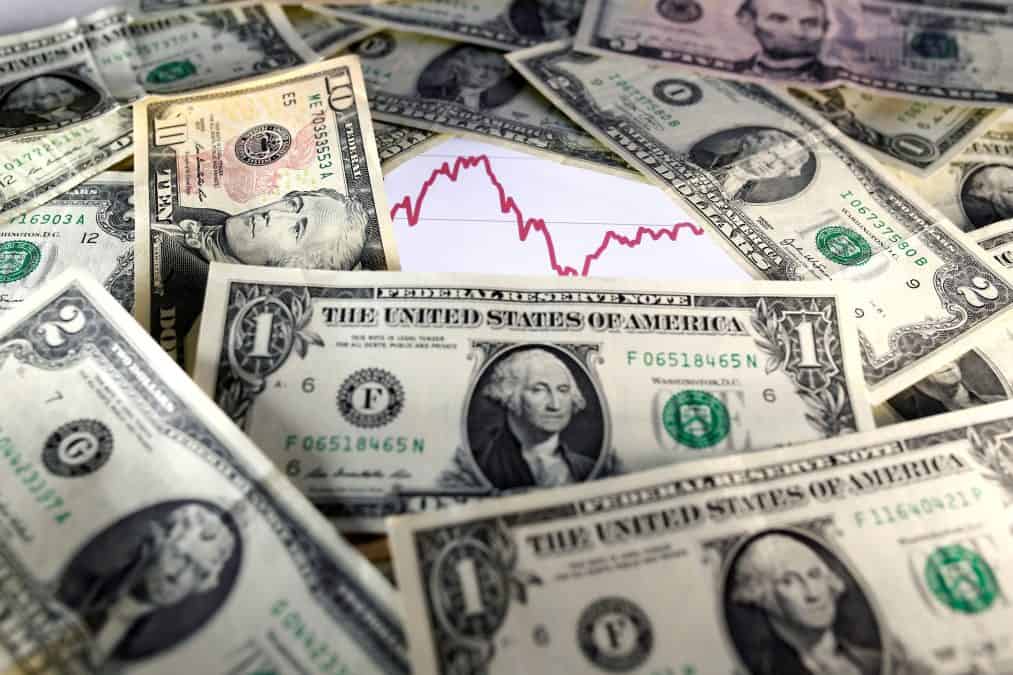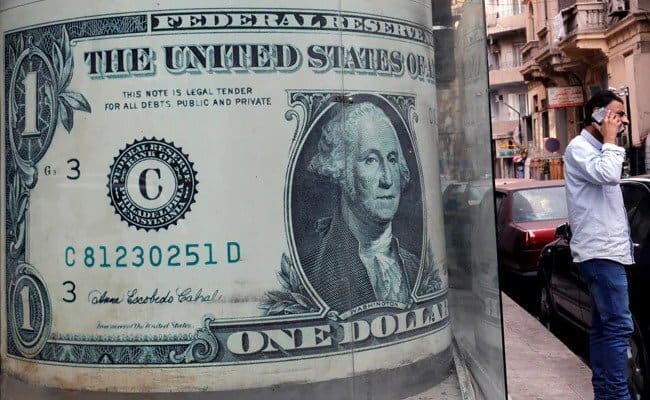Washington, United States – The US dollar is set to be one of the “biggest losers of 2023” and investors might need to consider rebalancing their portfolios, warns Nigel Green, the CEO and founder of deVere Group, one of the world’s largest independent financial advisory, asset management and fintech organizations.
The warning from the boss of the financial giant follows the dollar having already dropped 10 percent from its peak hit last year and after it hit lowest level in a year against the euro last week, as well as against a wider basket of currencies.
“The dollar was on an impressive bull run for around 18 months, the outsized gains hitting a two-decade high against a basket of currencies last September.

“There will be occasional daily upticks, but the US currency is now on a downward trend that we expect to continue throughout the rest of 2023,” says Nigel Green.
He continues: “The sustained dollar correction will be largely driven by markets aggressively pricing-in that the US Federal Reserve is pretty much at the peak of its tightening agenda – an agenda that supported the currency throughout 2022. There’s a growing consensus that the Fed cannot, should not, and will not keep on raising rates much longer.
“Last month’s US banking crisis has also weighed on the dollar. In addition, improving European growth, a possible potential US recession, and China’s reopening are all putting the squeeze on the greenback.
“It’s a perfect storm that will lead to the dollar being one of the biggest losers of 2023.”
The deVere CEO says there is a transition underway from a bull to a bear cycle for the dollar and that this will shift the global investment environment in a profound way.
“Stock markets outside the US, particularly those in emerging markets, typically perform well when the dollar is weaker.
“US large caps and multinationals are also likely to do well as much of their profits are generated in countries where the currencies are becoming stronger.
“Sectors that can be expected to do well with a weaker greenback include energy and industrial commodities because they are traded in dollars and, therefore, as the dollar declines, they become less expensive for non-US-based buyers.
“Tech should also do relatively well, as much of the revenue also comes from outside the United States.”
With the dollar’s rally coming to an end, which will have an impact on global investors, they should now be “re-evaluating their portfolios to seize the opportunities in a new cycle,” suggests Nigel Green.

Furthermore, last month, he told the media: “The US dollar’s dominance is in decline as Russia and Saudi Arabia eye the Chinese yuan for oil trades, and investors might need to begin to revise their long-term investment strategies.
“Oil is one of the most important and widely traded commodities in the world, and it has traditionally been priced and traded in US dollars. This has given the US dollar a dominant role in global financial markets, as countries that want to purchase oil must first acquire US dollars in order to do so.
“If oil trading were to shift away from the US dollar, it would dramatically reduce the demand for US dollars, which would lead to a decrease in the value of the US currency. This could have a number of ripple effects throughout the global economy, including hugely increased inflation in the United States and potentially destabilising effects on financial markets.”
He concludes: “The dollar being in retreat can jolt portfolios, especially if they aren’t properly diversified.”








